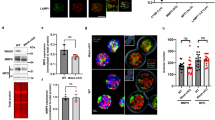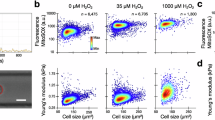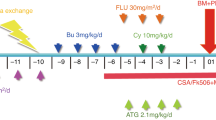Abstract
Summary: Phagocytic leukocytes such as granulocytes and macrophages form an essential part of human host defense against infection by invading microorganisms. The present study demonstrates that normal fetal granulocytes undergo normal activation (i.e., the transition from the resting state to the respiratory burst) with a 75 ± 23 sec lag time and generate superoxide at 6.7 ± 2.3 nmole O2-/min/106 cells, a rate similar to that of adult granulocytes. Fetal granulocytes also resemble adult cells in the response of the superoxide generating system to temperature change and to the chemical inhibitors N-ethyl maleimide and 2-deoxyglucose. They show the same pattern of differential effects of these perturbations on the lag time and on the rate of superoxide generation as that previously described for adult granulocytes. The process of activation, expressed as the lag time, shows no inhibition at a high temperature that diminishes by 64% the rate of superoxide production. The metabolic inhibitor 2-deoxyglucose affects only the rate and not the lag time. Both cyanide (in the presence of 2-deoxyglucose) and the sulfhydryl reagent N-ethyl maleimide inhibit the rate equally when added before or after completion of the activation process.
Speculation: These fmdings provide a rationale for the observed feasibility of the prenatal diagnosis of chronic granulomatous disease and indicate that even a 16-wk fetus possesses at least this one mechanism of host defense.
Similar content being viewed by others
Log in or create a free account to read this content
Gain free access to this article, as well as selected content from this journal and more on nature.com
or
Author information
Authors and Affiliations
Rights and permissions
About this article
Cite this article
Newburger, P. Superoxide Generation by Human Fetal Granulocytes. Pediatr Res 16, 373–376 (1982). https://doi.org/10.1203/00006450-198205000-00011
Issue date:
DOI: https://doi.org/10.1203/00006450-198205000-00011
This article is cited by
-
Ontogeny of inflammatory cell responsiveness
Inflammation (1989)
-
Chronic granulomatous disease, a heterogeneous syndrome
Human Genetics (1983)



